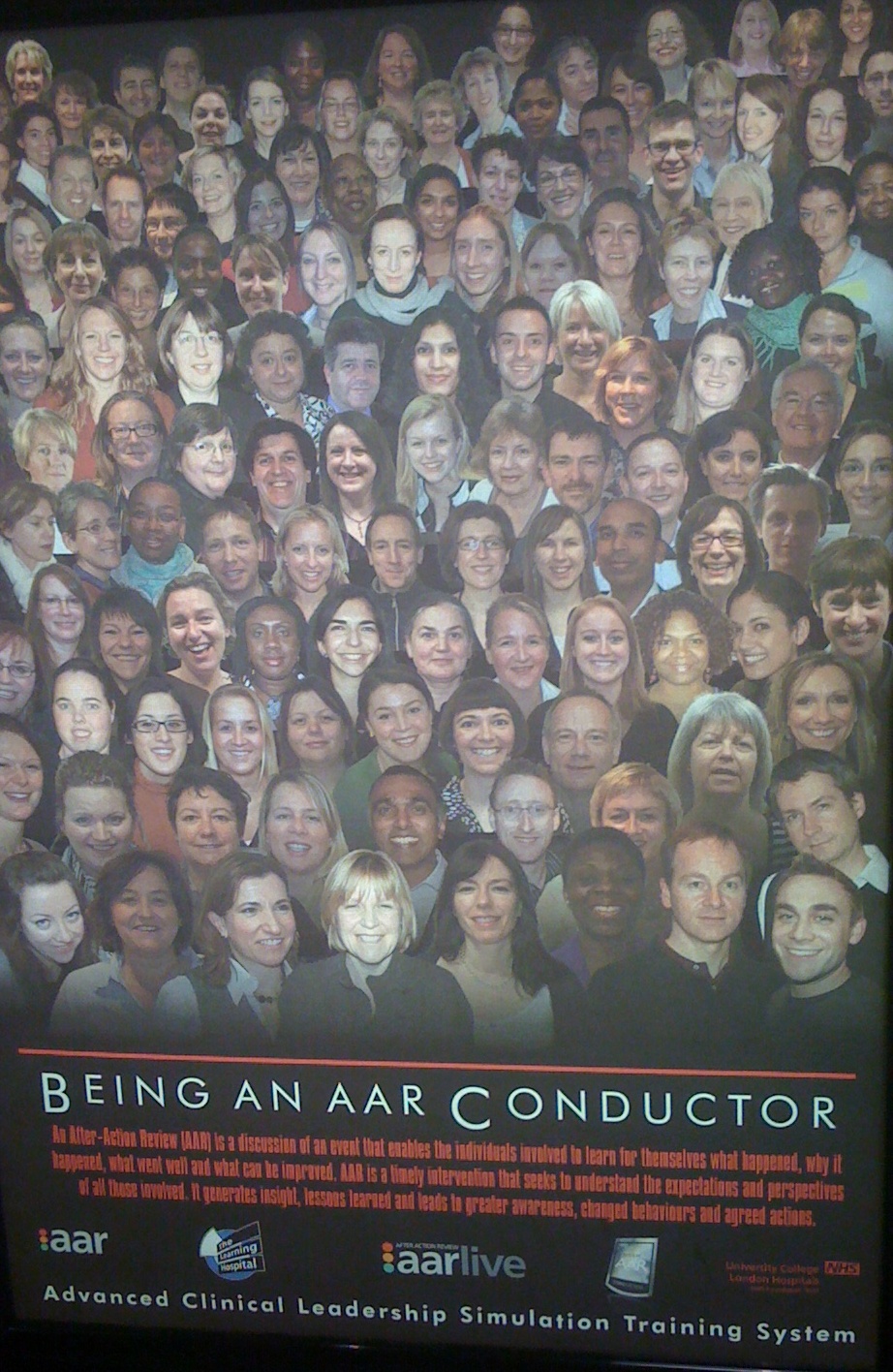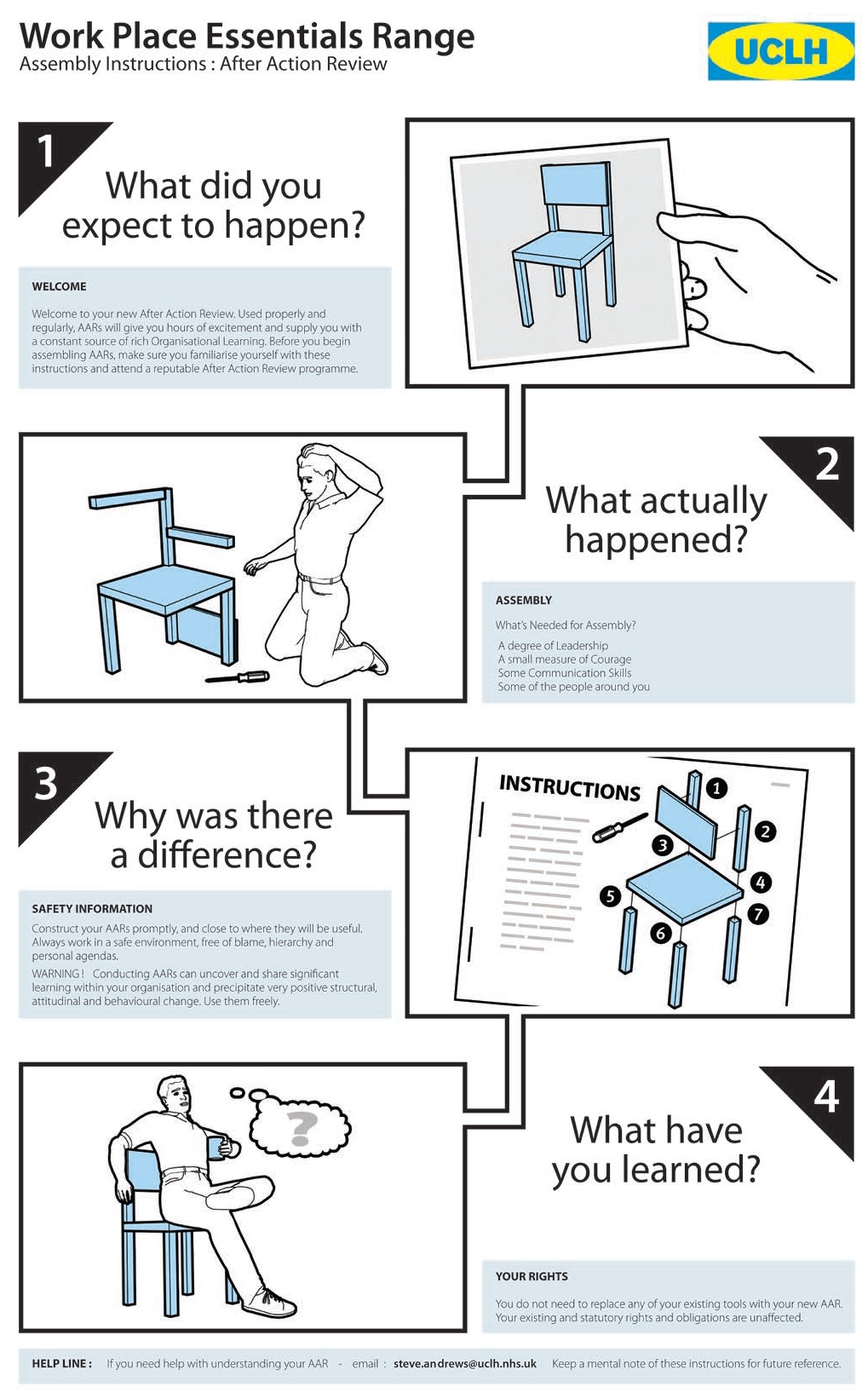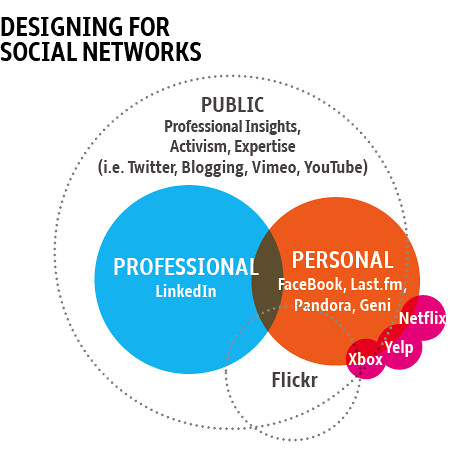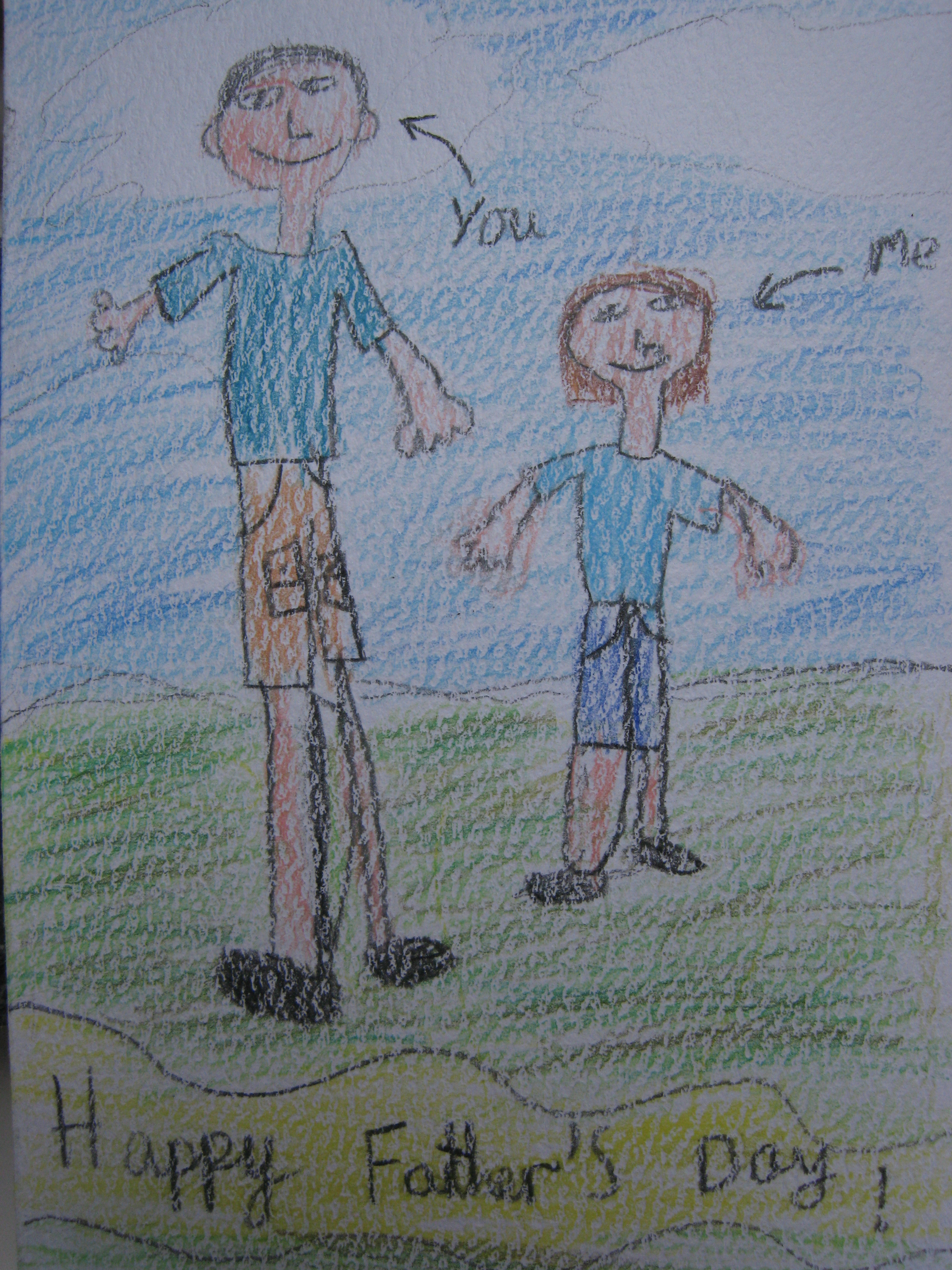I had the opportunity to visit University College London Hospital (UCLH) last week (but not as a patient!). Two years ago I blogged about their visions to become University College Learning Hospital, and the efforts that they were making to introduce After Action Reviews into the culture of the Hospital. Two years later, they have developed their Learning Hospital – an environment where full simulations - administrative, board meetings, clinical situations - could be carried out with actors.
 This very real experience is then the basis for staff to conduct after action reviews, to be videoed, review and discuss with their colleagues, together with the Learning Hospital expert staff. So far, 400 staff have become “AAR Conductors”, carrying out reviews in a variety of situations.
This very real experience is then the basis for staff to conduct after action reviews, to be videoed, review and discuss with their colleagues, together with the Learning Hospital expert staff. So far, 400 staff have become “AAR Conductors”, carrying out reviews in a variety of situations.
I was struck by the sheer quality of the Learning Hospital and also their innovative marketing approach. I liked the take-off of “being John Malkovich”, in which a selection of AAR Conductors had their fifteen minutes of fame.
It's a real credit to Steve Andrews and Professor Aidan Halligan - and I'm not doing them justice in such a short blog. I'll write a more considered piece with them and post it in the future...
Of all the marketing posters though, I loved the IKEA After Action Review instructions the most - perhaps because I could identify with them so well!

Inspired, Steve! The US Army would be proud of you!








